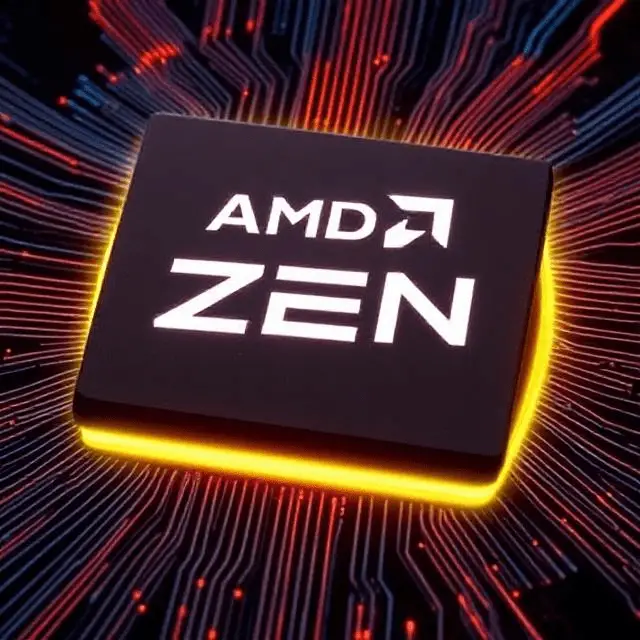
AMD’s forthcoming Zen 6 architecture, codenamed “Medusa,” is generating buzz in the tech community as enthusiasts speculate about its potential features and implications. One area of particular interest is the architecture’s memory subsystem, with discussions centering on how new memory controllers might impact support for DDR5 memory modules.
Zen 6 and the AM5 Socket
AMD has confirmed that Zen 6 processors will continue to utilize the AM5 socket, ensuring compatibility with existing motherboards through at least 2027. This decision aligns with AMD’s commitment to providing longevity and upgrade paths for its user base. However, while the socket remains the same, the internal components, such as memory controllers, may undergo significant changes.
Potential Memory Bandwidth Challenges
As AMD aims to increase core counts in Zen 6 processors—potentially up to 24 cores—the demand for memory bandwidth correspondingly rises. Current DDR5 memory speeds, even at 6400 MHz, may not suffice to feed the data-hungry cores effectively. This scenario could lead to performance bottlenecks, particularly in memory-intensive applications.
Speculations on New Memory Controller Designs
The tech community is abuzz with discussions about how AMD might address these challenges. Some enthusiasts suggest that AMD could introduce new memory controller designs in Zen 6 to better manage higher memory speeds and bandwidth requirements. However, these changes might necessitate updates to motherboard firmware or even new motherboard designs to fully support the enhanced memory capabilities.
Community Concerns and Discussions
Online forums and discussion boards reflect a mix of anticipation and concern among users. Some express optimism about the potential performance gains, while others worry about the implications for existing hardware compatibility. The possibility that new memory controllers might not fully support current DDR5 modules without updates or modifications is a topic of active debate.
Looking Ahead
While concrete details about Zen 6’s memory subsystem remain under wraps, the discussions highlight the balancing act AMD faces: advancing performance and capabilities while maintaining compatibility and ease of upgrade for users. As more information becomes available, users and enthusiasts alike will be keen to understand how these developments will impact their current and future hardware setups.
